Non-Renewable Energy
A Sinking Supply
In a Flash
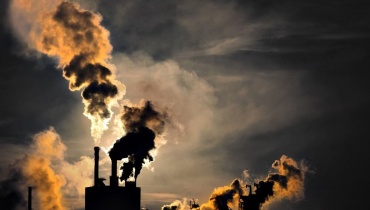
Carbon dioxide is produced from the burning of fossil fuels like coal and gas.
What is non-renewable energy?
Non-renewable energy is a source of energy that will eventually run out. Most sources of non-renewable energy are fossil fuels, such as coal, gas, and oil.
These natural resources are a major source of power for a vast amount of industries – however, there are numerous downsides to non-renewable energy, including their negative environmental impact and the fact they are in limited supply.
Types of
Non-Renewable Energy
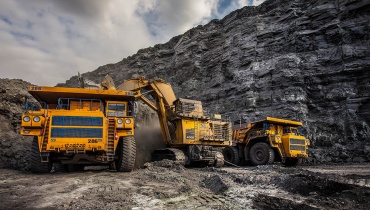
Coal
Coal comes from the remains of plants that died hundreds of millions of years ago. It has the highest level of carbon of all fossil fuels.
Let's go! >
Oil
Oil – also known as petroleum – can be extracted and refined in order to make products such as gasoline, diesel, and jet fuel.
Let's go! >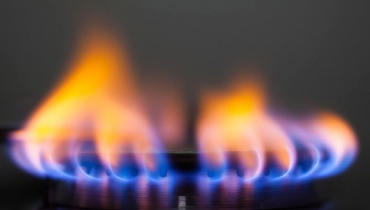
Natural Gas
Natural gas was formed from the remains of tiny sea plants and animals that died millions of years ago. It is mainly composed of methane.
Let's go! >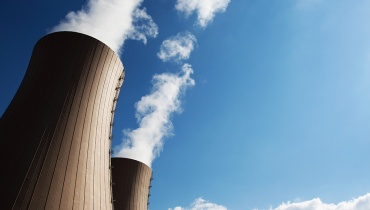
Nuclear Energy
Nuclear energy is released when atoms' nuclei are fused together (fusion) or split apart (fission). Nuclear power plants produce electricity through nuclear fission.
Let's go! >What is non-renewable energy used for?
Non-renewable energy sources can be used for all kinds of things. Over 70% of the energy used in industrial processes comes from non-renewable sources, while fossil fuels are also used for many household purposes.
We can use non-renewable energy for:

Electricity

Heating
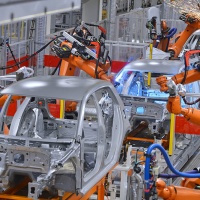
Manufacturing

Transportation
Non-Renewable Energy:
The Good, the Bad
and the Ugly!
What's good about non-renewable energy sources?
- Lots available: Humans have invested a lot of time, effort, and money into obtaining fossil fuels, so we now have a ready supply.
- Easier to find: Fossil fuels can be found all over the world, with many areas already identified as being rich in these resources.
- Very efficient: Fossil fuels can generate a lot of energy, even from just a small amount of fuel.
- Simpler to transport: Fossil fuels can be easily transported, e.g. using underground pipes to move oil and gas.
- Easy set-up: A fossil fuel plant can be set up at any location, as long as there is a large quantity of fuel to generate power.
What's (really) bad about non-renewable energy sources?
- Environmental pollution: Burning fossil fuels releases carbon dioxide, which is directly linked to global warming – so fossil fuels are very damaging to the health of our planet.
- Huge amounts of fuel reserves: To keep power stations working, you need truckloads of fuel. This can make energy generation very expensive.
- Public health issues: Because of all their nasty air pollution, burning fossil fuels can lead to lung problems and asthma attacks in humans.
- They will run out: Once the earth's supplies of fossil fuels have been used up, they can't be renewed (at least not for several hundred million years), so we won't be able to use them for our rising power needs.
- Oil spills: The huge tankers transporting oil sometimes crash and spill their contents into the sea and nearby coast. This is disastrous for the ocean and land and can be deadly for the animals that live there.
- Rising costs: As just a few countries hold a large number of fossil fuels, fuel prices can rise without warning.
- Health risks to workers: Mining for coal or drilling for oil can be very dangerous, resulting in a large number of diseases, injuries, and deaths every year.
Speedy Summary

The future of energy is shifting to renewables.
While there are some advantages to using fossil fuels for our energy, it's clear that the negatives far outweigh the positives!
Without an alternative source of energy, we could soon be facing a major energy crisis – and a disaster for our planet's health.
Teacher's Toolkit
Take this to the classroom!
Curriculum ready content.